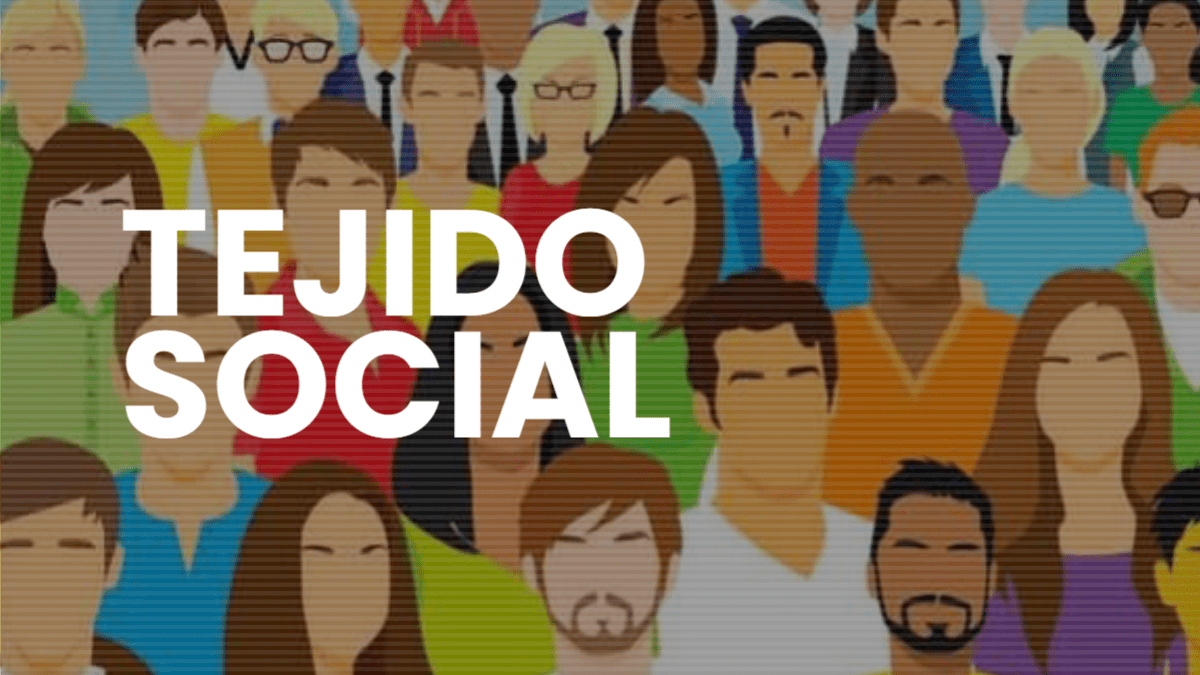The task ahead is not easy, but it is not insurmountable either. We must face the challenge of rebuilding the social fabric with courage and determination.
To achieve this, we need to promote the collective construction of social, economic, political and cultural conditions that foster solidarity with others and care for the earth, thus seeking lasting peace.
It is time to adopt an eco-community dimension of development, where shared meanings reconnect people with the land and the community.
We must put ethical development before economic development, prioritizing the care of people, families and natural resources, and seek conditions that allow long-term ties to the land.
Good coexistence is an essential process in this reconstruction. It involves experiences between people and the community, giving meaning to life. It implies an ethic of care, where we care for ourselves and take care of others, instead of dominating them. We must promote a culture of care, based on values that lead us towards happiness and justice.
To undertake this reconstruction, it is necessary to have several structural determinants.
The eco-community spirituality of the Andean communities teaches us that everything is interconnected.
Family reconciliation is essential to reconnect its members. Education for good coexistence will allow us to improve school and neighborhood coexistence. A community government must protect and promote the community, while the social and solidarity economy must integrate ecology, work and the community.
The task is daunting, but there are different actors in society who are willing to weave new horizons together. Teachers, students, indigenous communities, youth groups, cooperatives, religious groups, all fight to rise above violence and heal it with creative and inclusive actions.
We cannot remain indifferent to the task of rebuilding the social fabric. We must think, imagine and act in favor of the best coexistence.
There is no single solution, but there is an invitation to join forces and strive to change a hurting society and take care of our deteriorating planet.
It is time to build together a future where well-being, justice and solidarity prevail, a future where coexistence is the foundation on which we build a more humane and hopeful society.
In the confusion of the reconstruction of the social fabric, we are debating between two apparently opposite positions. On the one hand, there are those who fervently embrace the idea of building a new social paradigm, a fresh and hopeful path towards a fairer and more equitable future. On the other hand, there are those who doubt this undertaking and seek inspiration in the wisdom of ordinary people, whose behaviors seem to have transcended the traps and limitations of modernity and postmodernity.
It is true that postmodernity is not presented as a period after modernity, but rather as an intrinsic aspect of the modern condition.

